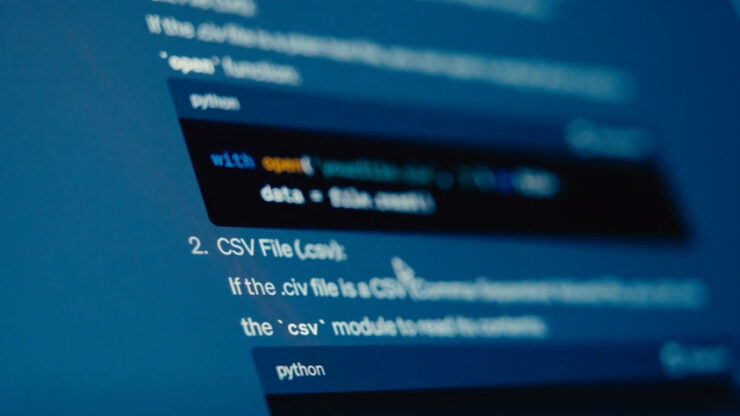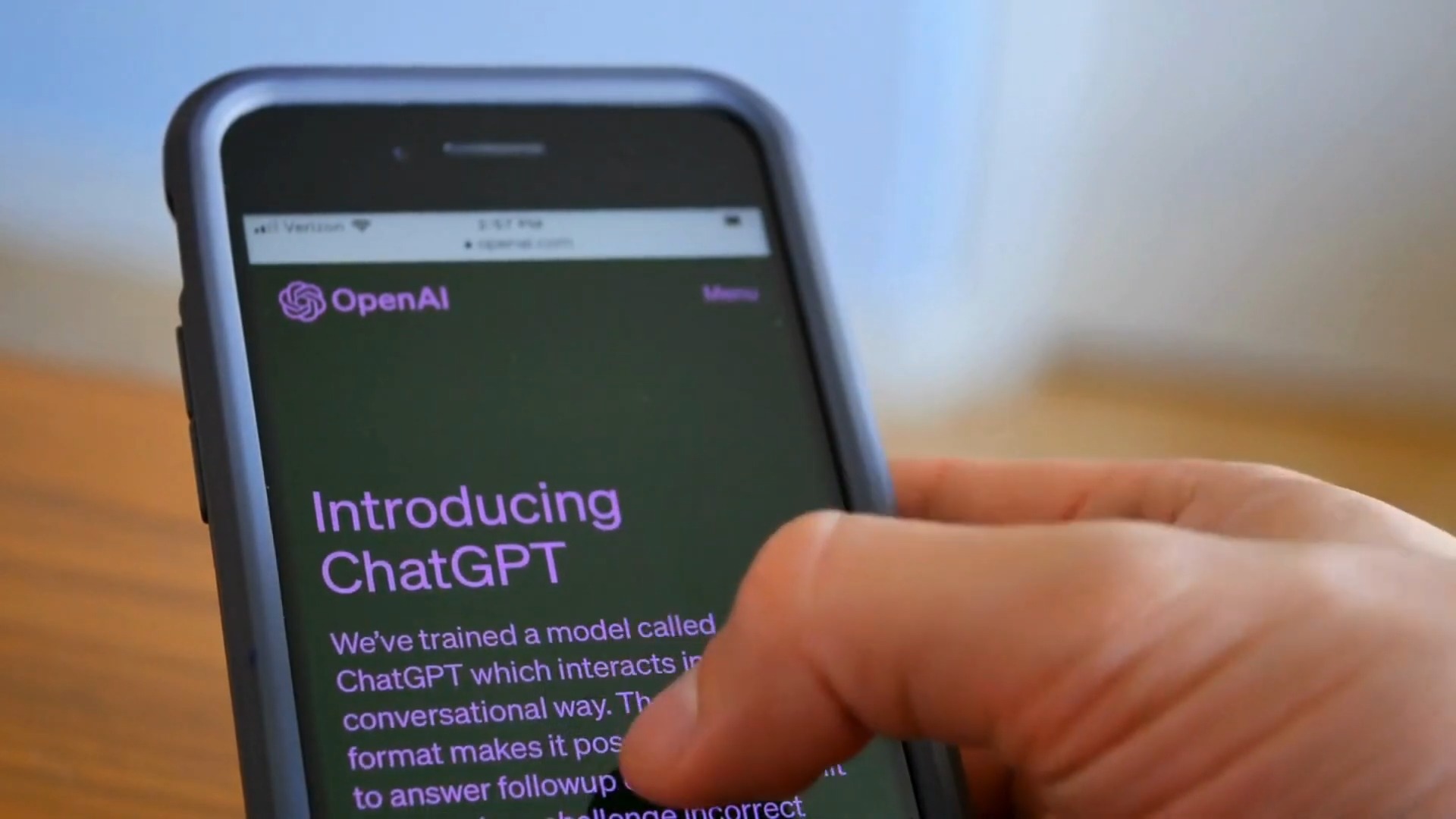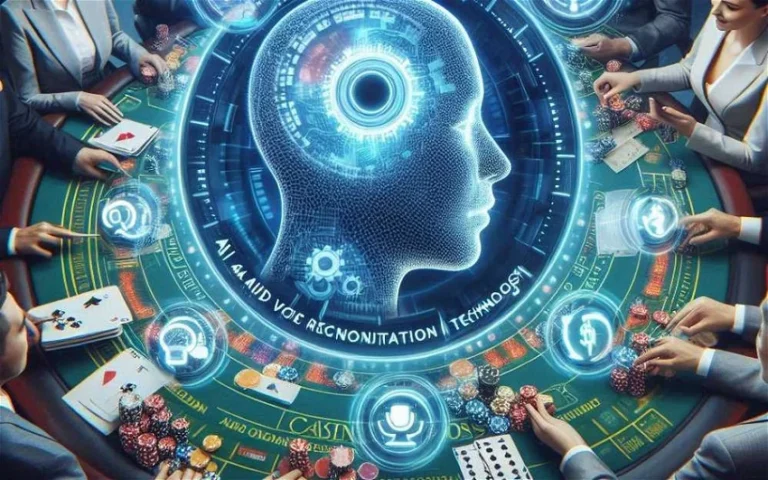This platform is one of the biggest advancements in the area of conversational AI. It quickly became one of the most popular tools. There are many advantages that can be implemented in various fields.
Table of Contents
OpenAI’s Mission
Origins and Aim of OpenAI
Founded in December 2015, OpenAI set out with a clear objective: to ensure that artificial general intelligence (AGI) benefits all of humanity. Not limited to any one corporation or a narrow set of interests, the company has diligently worked towards constructing AI systems that are safe, ethical, and remarkably effective.
Over the years, their numerous projects, collaborations, and research papers have become testament to their dedication to the field.
ChatGPT: A Milestone in OpenAI’s Journey
Out of the many projects OpenAI has initiated, ChatGPT stands as a monumental achievement. Born out of the GPT (Generative Pre-trained Transformer) architecture, it’s designed to be conversational, insightful, and more human-like than ever before.
The extensive training and datasets that have gone into its making reflect OpenAI’s steadfast commitment to creating tools that are valuable for society.
The Ownership Structure
The group behind the project started as a non-profit artificial intelligence research organization. It had a mission of ensuring that artificial general intelligence benefits all of humanity.
Over time, however, to meet its funding and operational needs, OpenAI transitioned to a capped-profit model for some of its ventures.
Key Founders and Initial Co-signers
- Sam Altman: Formerly the president of the Y Combinator startup accelerator, Sam Altman later became the CEO of OpenAI. He’s been a significant figure in driving OpenAI’s mission and operations.
- Ilya Sutskever: A leading figure in deep learning, Ilya is one of the co-founders and has served as the Chief Scientist of OpenAI.
- Greg Brockman: Greg is another co-founder and has been the CTO of OpenAI.
Alongside these individuals, the initial co-signers and contributors to the OpenAI mission included other luminaries in the tech industry, such as Elon Musk, Reid Hoffman, Peter Thiel, Jessica Livingston, and companies like Infosys and Microsoft.
However, it’s essential to note that while Elon Musk provided funding to OpenAI, he did not have any active role in the company to prevent any conflict of interest with Tesla’s AI development for autonomous driving.
Capped-Profit Model
To sustain its ambitious projects and goals, OpenAI introduced a capped-profit model, where they could engage in profit-generating ventures but with limits on returns to investors.
This model is intended to allow OpenAI to generate funds while ensuring that its primary mission remains focused on benefiting humanity.
More About the Technology
GPT Architecture

Based on transformer models, GPT focuses on understanding patterns in the data. Unlike some earlier AI models that were limited to specific tasks, GPT’s design allows for flexibility and adaptability.
It learns from vast amounts of data, making its responses richer and more varied. This versatility is what makes ChatGPT unique and powerful.
Continuous Improvements and Versions
The world first met GPT-2, which showcased remarkable capabilities but was held back from full release due to ethical concerns. Then came GPT-3, with even greater sophistication and ability to generate coherent, contextually relevant content.
As of the last update, the lineage includes ChatGPT, derived from the GPT-4 architecture. Each iteration brings with it refinements, making the system more attuned to users and diverse queries.
Ethical Standpoint
As the developers and custodians of the ChatGPT technology, OpenAI holds the intellectual property rights. However, the question of ownership is getting more complex over time.
With OpenAI’s mission to ensure that AI benefits humanity at large, one could argue that the end-goal is for tools like ChatGPT to be a collective asset, benefiting and being accessible to as many as possible.
OpenAI’s Commitment to Ethics
- Transparency and Collaboration: OpenAI has consistently pushed for transparency, regularly releasing research papers and collaborating with the wider AI community.
- Safety First: The organization is deeply committed to building safe and beneficial AI. This was evident when they initially withheld the release of GPT-2 due to concerns about potential misuse.
- Broad Distribution: OpenAI’s Charter emphasizes distributing benefits broadly and ensuring that AI doesn’t harm humanity or concentrate power unduly.
The Future of ChatGPT
Innovation and Expansion

We can see a huge expansion of AI chatbots in recent years. With each version of GPT, we’ve seen enhancements not just in terms of capacity but also in application diversity.
From aiding researchers to serving as virtual assistants, the potential applications are vast. As technology advances, we can expect ChatGPT and its successors to be more integrated into daily life, making interactions smoother and more intuitive.
The Role of Community Feedback
The evolution of ChatGPT is not based only on the opinions of its developers. Feedback from users and the broader community plays a very important role. OpenAI values this feedback loop as it helps identify areas of improvement, potential pitfalls, and novel use cases.
The collective intelligence of the human community, combined with the computational prowess of models like ChatGPT, paves the way for a future where AI will manage to bring the most for people in all kinds of aspects.
Potential in Various Sectors
The crucial benefit is that you can use it for different tasks and needs. For example, you can research the internet in a much faster and more efficient way. Also, this platform can provide valuable insights to students, workers, and people interested in learning new things.
Education and Learning
The education sector stands to gain immensely from conversational AI. With ChatGPT, students can have real-time interactions, get clarifications, and even aid in learning new languages. Tutors and educators can use it as a supplementary tool, providing personalized learning experiences tailored to individual student needs.
Healthcare and Medical Field
When it comes to healthcare, ChatGPT can serve as a first-line interface, answering general queries, guiding patients, or even assisting medical professionals with information retrieval.
While it doesn’t replace human medical expertise, it certainly can enhance accessibility and information dissemination.
Entertainment and Media
From script suggestions to interactive gaming experiences, the entertainment sector is just scratching the surface of what’s possible with ChatGPT. As the model evolves, we can anticipate more immersive experiences, with AI playing a pivotal role in content creation and user engagement.
Challenges and Expectations
Setting Realistic Expectations
While powerful, it is also facing certain challenges. Users should approach it with realistic expectations. It can generate information based on its training, but it isn’t capable of forming opinions, emotions, or true consciousness.
Understanding these boundaries ensures meaningful and productive interactions. In that matter, fact-checking is crucial, especially with the basic mode. That is especially the case when you are gathering data for a research or a school project.
The Ethical Landscape
As with any potent technology, there’s potential for misuse. OpenAI is acutely aware of this and has taken measures to ensure ethical use. However, the broader community’s vigilance and feedback are essential.
Addressing biases, misinformation, and ensuring the technology isn’t weaponized are ongoing challenges that require collective responsibility.
FAQs
How is OpenAI funded, given its unique capped-profit model?
Beyond the initial investments from tech luminaries and companies, OpenAI can engage in profit-generating ventures through its capped-profit model. This allows the organization to strike partnerships, license its technologies, and generate revenue from its AI applications. However, there are limits on the returns to investors to ensure that the primary focus remains on OpenAI’s mission rather than maximizing profits.
Can developers and businesses utilize ChatGPT for their applications?
Yes, OpenAI provides an API for ChatGPT, allowing developers and businesses to integrate it into their products, services, or platforms. This allows for diverse applications, from customer support bots to content generators. However, it’s essential to follow OpenAI’s usage guidelines and terms of service.
Are there any concerns about ChatGPT’s potential to spread misinformation?
Yes, there are concerns. Given ChatGPT’s ability to generate human-like text, there’s potential for misuse in spreading misinformation or creating fake content. OpenAI is aware of these challenges and has mechanisms in place, like rate limits and monitoring, to prevent widespread misuse. Additionally, they rely on community feedback to improve and ensure ethical use.
Are there any plans for OpenAI to launch a GPT-5 or subsequent versions?
While specific details about future versions might not be publicly disclosed, given the trend and continuous advancement in AI, it’s reasonable to expect that OpenAI will continue its research and development, leading to newer and more advanced versions of GPT in the future.
Last Words
The key is to understand that this platform can be very useful. It can help you with studying, but also with various tasks at work by making them much faster. The upgraded GPT-4 version is especially capable of providing accurate data, and we expect to see even more improvements with new upgrades and advanced models.
Our team is covering various topics. Therefore, you can check our website to stay in touch with the latest information from the world.
Related Posts:
- Jenna Ortega: What's Her Net Worth Now that You Know…
- Instincts in Gambling: Should You or Not Trust Your Gut?
- Can Knowing Geometry Help You Play 8-Ball Pool Online?
- One-Punch Man Season 3: When It's Happening And…
- Meet the Sing 2 Cast: The Star-Studded Sequel…
- 13 Best Beaches Near Charlotte, NC You'll Love













